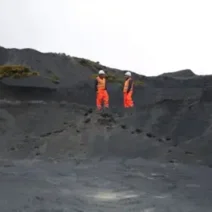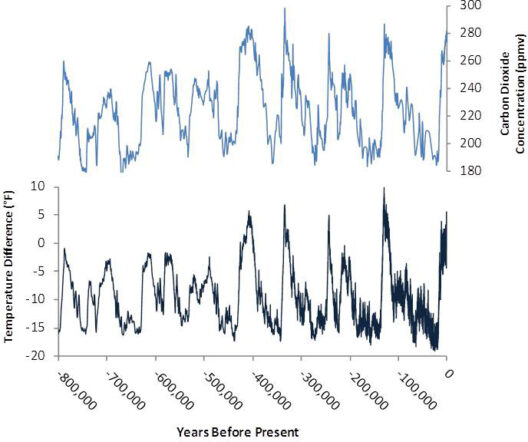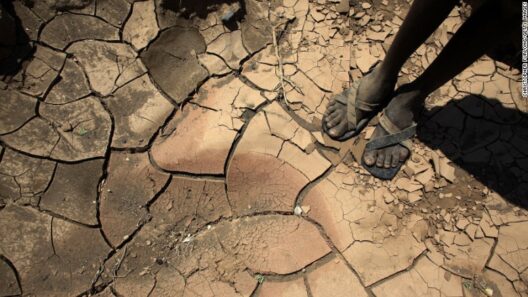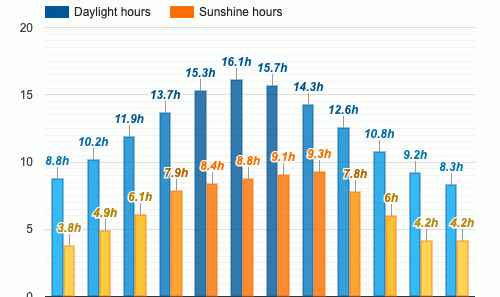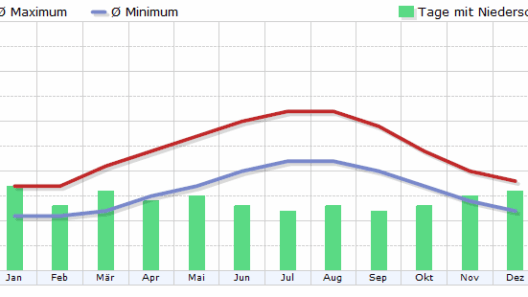Hawaii, often dubbed the “Eternal Summer” destination, holds a captivating yet intricate climate that shapes not only its natural beauty but also its ecological balance. Situated in the central Pacific, this archipelago experiences a unique climatic pattern influenced by various geographical and atmospheric factors. Travelers flock to Hawaii for its warm temperatures and picturesque landscapes, yet beyond this superficial allure lies a complex interplay of climatic elements that merits closer examination.
The first striking feature of Hawaii’s climate is its tropical nature. The islands benefit from a consistently warm temperature, typically ranging between 70°F and 85°F throughout the year. This uniform warmth is punctuated by substantial humidity levels that create a lush, vibrant environment. However, it is essential to recognize that Hawaii’s climate is not monolithic; variations occur significantly across the archipelago’s diverse terrain.
Geography plays a crucial role in determining Hawaii’s climatic variations. The islands are largely volcanic in origin, and their topographical diversity—from towering mountains to arid plains—means that distinct microclimates exist within relatively short distances. For instance, the windward sides of the islands receive ample rainfall due to the orographic lift effect, wherein moist air is forced upward by the mountains, leading to condensation and precipitation. In contrast, the leeward sides are often subjected to rainshadow effects, resulting in drier, sunnier conditions. This juxtaposition of wet and dry environments fosters rich biodiversity, making Hawaii a hotspot for unique plant and animal species.
Another crucial aspect of Hawaii’s climate is its seasonal variability. Unlike many temperate regions, Hawaii does not experience drastic changes in weather, but it does have distinct wet and dry seasons. The dry season typically spans from May to October, while the wet season lasts from November to April. During the wet season, rainfall can be significant, yet it is often characterized by brief, intense showers rather than prolonged deluges. This precipitation pattern supports the growth of Hawaiian rainforests, which are home to a plethora of endemic species, underlining the significance of conservation efforts in maintaining these fragile ecosystems.
The remarkable consistency of Hawaii’s climate has led to profound cultural implications. The islands’ pleasant weather has fostered a lifestyle deeply intertwined with nature, from agriculture based on traditional methods to contemporary tourism emphasizing outdoor activities. However, this relationship with the environment also raises concerns about sustainability. As the allure of Hawaii’s climate attracts increasing numbers of tourists, the potential impact on local ecosystems and resources becomes increasingly pronounced.
Climate change represents a looming threat to Hawaii’s fragile environment. Rising sea levels pose a significant risk to coastal areas, many of which are home to vulnerable communities and vital ecosystems. As ocean temperatures rise, coral reefs—integral to both marine biodiversity and local economies—face bleaching events that can disrupt their delicate balance. The implications of climate change extend to shifts in weather patterns, affecting rainfall distribution and leading to more frequent droughts or intensified storm events.
Moreover, the phenomenon of ocean acidification, resulting from increased carbon dioxide absorption, can further jeopardize marine life, particularly organisms such as shellfish and coral that rely on calcium carbonate for their survival. The stark reality is that Hawaii’s climate, which seems idyllic on the surface, harbors significant challenges that require urgent attention and action to mitigate further impacts of climate change.
Emphasizing the importance of preserving Hawaii’s natural resources, numerous initiatives aim to promote sustainability and protect its unique ecosystem. Local efforts to enhance renewable energy use, such as solar and wind power, are gaining traction, reflecting a shift towards energy independence and resilience. Additionally, sustainable tourism practices are being advocated to minimize the environmental footprint of visitors while promoting awareness of the islands’ ecological treasures.
The confluence of culture, ecology, and climate renders Hawaii a remarkable case study. Its traditional practices, such as ‘Aina-based farming that fosters self-sufficiency, exemplify the deep-rooted connection between residents and their environment. This cultural heritage highlights the significance of adaptive management strategies that respect and enhance local ecosystems while meeting contemporary needs.
Hawaii’s climate, encapsulated by the notion of “Eternal Summer,” is a compelling testament to the intricate and delicate balance of natural systems. Despite its seemingly perpetual warmth and beauty, the islands face multifaceted challenges exacerbated by climate change. The allure of Hawaii transcends mere aesthetics; it invites a deeper exploration of the interconnectedness of humans and nature, urging us all to be stewards of this unique environment. Engaging with these climatic realities fosters a greater appreciation for Hawaii as a microcosm of global climate issues, calling for collective action to safeguard its future.

